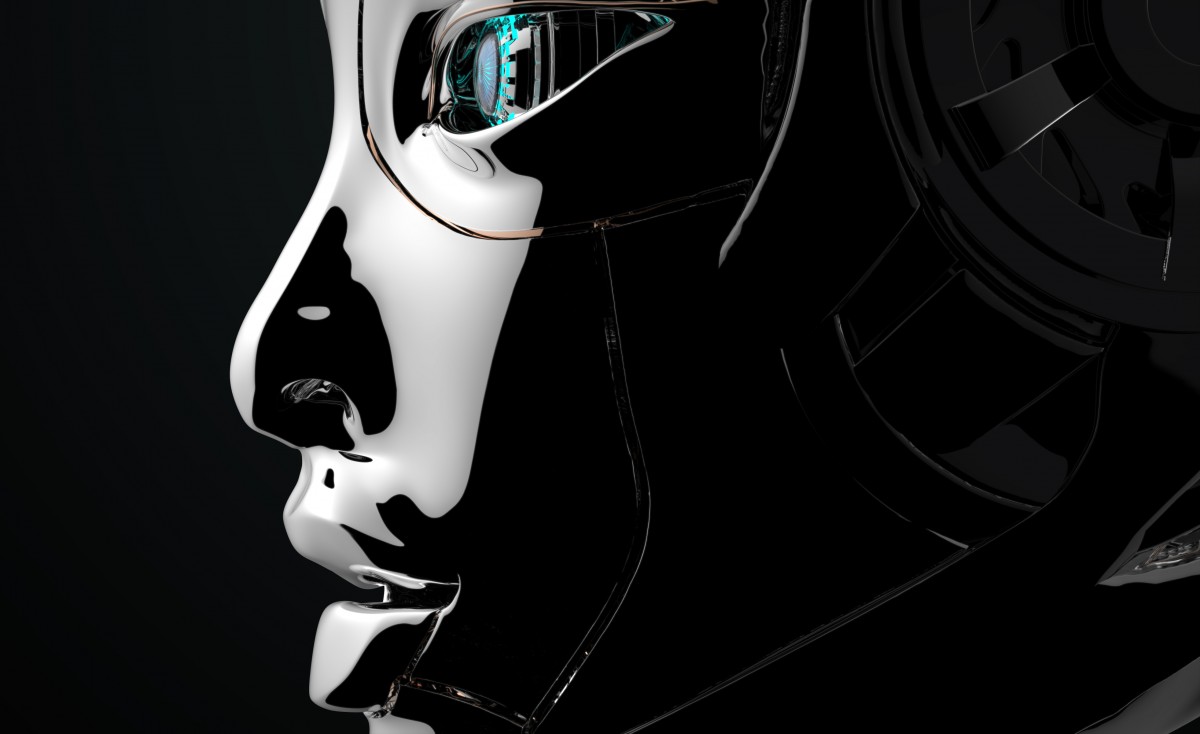DARPA, whose mission is to identify and pursue high-risk, high-payoff research initiatives for national security across a broad spectrum of science and engineering disciplines, is funding this project to address the serious limitations of purely data-driven methods. This research will lead to innovative hybrid methods, especially in studying physically-grounded systems that integrate a systematic understanding of the physics of the systems with data-driven machine learning approaches.
“Major limitations of existing purely data-driven statistical ‘black box’ methods include their inability to generalise beyond their initial set of training data, their agnostic view of underlying physics, resulting in model outputs that lack scientific coherency with the known laws of physics, and their “data-hungry” nature that precludes them from being used in scientific problems and applications with limited or sparse data,” said Ion Matei, scientist at PARC. “This collaborative process with the University at Buffalo will explore new ways to challenge current barriers.”
Matei will provide necessary administrative support and project coordination from PARC’s front to carry out the project. University at Buffalo Associate Professor Rahul Rai will be the PI, program manager and technical leader of the University team and will be responsible for ensuring ongoing interactions and collaboration.
“We’re teaching physics to AI systems,” said the grant’s principal investigator Rahul Rai, PhD, associate professor of mechanical and aerospace engineering in UB’s School of Engineering and Applied Sciences. “We are developing hybrid methods that integrate physics-based models — these are math-based formulas that explain the world around us, such as Einstein’s E=MC2 — into the algorithms that guide machine learning, deep learning and other data-driven AI systems,” he said.
PARC’s ability to understand and explain AI systems is built upon a wide range of competencies, including interactive machine learning, human-machine collaboration, cognitive modeling, and data science. By using the physics of system and prior knowledge about the domain to guide construction and parameter learning of machine learning techniques such as DNNs, the proposed hybrid architectures will ensure better generalizability beyond their initial set of training data.





